A revised processing cost in the calculation of the Ornua purchasing price index (PPI) is up for ratification at the July Ornua board meeting. When the index started in 2011 the industry assumed processing cost was 5c/l, rising to 6.5c/l in 2016 and now planned to go to 7c/l.
My understanding is that the base price (100 on the index) in 2010 was 29.3c/l excluding VAT but I’ve never seen the 5c/l processing cost number published by Ornua (IDB at the time). In 2016, the equivalent price for base (100) was 28c/l excluding VAT. In effect, the processing charge increased, leaving a lower farm gate price.
The debate now is, why should the processing cost increase? Output is up in processing units (an increase of 50% in some cases), energy is cheaper (often natural gas), workforce is often replaced by technology (lowering staff costs) and milk quality is better (milk solids are getting better).
To counter this, at processor level labour costs are higher and rising, transport costs are increasing, technology investment and capital investment costs money (more debt, higher repayments).
What farmers will want to know is how the formula to create this assumed cost is created or measured? Is there a basket of costs independently assessed and indexed across years? Will it continue to increase? If confirmed, an increase from 5c to 7c over 10 years is significant – of course, it is only estimated or assumed, but it indirectly affects farmer returns. There are existing indexes that track many of the key costs at processor level – energy, labour costs and transport.
The Irish co-ops (farmers) have invested heavily – upwards of €2bn in additional processing capacity. Debt levels are obviously higher. The cost of servicing is up. However, these new investments should also bring processing efficiencies. It’s fair to assume that the associated cost of borrowing will come down in time. Is there a plan for adjusting downwards the processing cost?
Why is it important?
The issue for farmers is the individual processors are struggling to match the Ornua PPI index with their farm gate price. Hence, the argument is they are destroying value for the dairy farmer – not adding value. By revising the cost upwards, it makes it easier for the processors to match the Ornua PPI.
Background
The Irish Dairy Board (IDB), the forerunner to Ornua, had a skim and butter index. This index was created based on prices returned from the IDB to the participating milk processors.
In 2010 and 2011, discussions at IDB board level moved to broaden the index to encompass more than just butter and skim to better reflect the output from Irish processors. The change also allowed some cover from competitor market intelligence.
The processors trying to match this Ornua PPI don’t have the Kerrygold branded butter and powders.
However, they do have other value-added products that potentially could add even more value to milk price for the farmer.
The base index was set at 2010 prices so each month since then the index would either be above or below the 100 base index. So for example, if the PPI is 105 in month “X”, this implies that the market has generated a return 5% higher than the average return in the base year (2010). Similarly, an index level of 95 in month “Y” implies a return 5% below the average for the base year.
Down through the years, we have seen months like in 2016 where the index was around 80 units, 20% below 2010 prices.
We have also seen the index rise to 130 points in 2013, representing prices 30% ahead of 2010.
How the index equivalent price is established
The price is made up of a gross price for a basket of products minus an estimated processing charge.
So, for example, this month the PPI index is 101.1. The equivalent price in cent-per-litre is 34.5c/l (value of products gross) minus 6.5c/l (assumed processing costs) which is an equivalent farm gate price of 28c/l excluding VAT or 29.5c/l including VAT.
You can see on page 22 that some big processors are paying between 27.2c/l and 27.5c/l.
Read more
Farmers must protect milk price transparency
No agreement on review of Ornua’s PPI
Tensions rise around Ornua board table over PPI
A revised processing cost in the calculation of the Ornua purchasing price index (PPI) is up for ratification at the July Ornua board meeting. When the index started in 2011 the industry assumed processing cost was 5c/l, rising to 6.5c/l in 2016 and now planned to go to 7c/l.
My understanding is that the base price (100 on the index) in 2010 was 29.3c/l excluding VAT but I’ve never seen the 5c/l processing cost number published by Ornua (IDB at the time). In 2016, the equivalent price for base (100) was 28c/l excluding VAT. In effect, the processing charge increased, leaving a lower farm gate price.
The debate now is, why should the processing cost increase? Output is up in processing units (an increase of 50% in some cases), energy is cheaper (often natural gas), workforce is often replaced by technology (lowering staff costs) and milk quality is better (milk solids are getting better).
To counter this, at processor level labour costs are higher and rising, transport costs are increasing, technology investment and capital investment costs money (more debt, higher repayments).
What farmers will want to know is how the formula to create this assumed cost is created or measured? Is there a basket of costs independently assessed and indexed across years? Will it continue to increase? If confirmed, an increase from 5c to 7c over 10 years is significant – of course, it is only estimated or assumed, but it indirectly affects farmer returns. There are existing indexes that track many of the key costs at processor level – energy, labour costs and transport.
The Irish co-ops (farmers) have invested heavily – upwards of €2bn in additional processing capacity. Debt levels are obviously higher. The cost of servicing is up. However, these new investments should also bring processing efficiencies. It’s fair to assume that the associated cost of borrowing will come down in time. Is there a plan for adjusting downwards the processing cost?
Why is it important?
The issue for farmers is the individual processors are struggling to match the Ornua PPI index with their farm gate price. Hence, the argument is they are destroying value for the dairy farmer – not adding value. By revising the cost upwards, it makes it easier for the processors to match the Ornua PPI.
Background
The Irish Dairy Board (IDB), the forerunner to Ornua, had a skim and butter index. This index was created based on prices returned from the IDB to the participating milk processors.
In 2010 and 2011, discussions at IDB board level moved to broaden the index to encompass more than just butter and skim to better reflect the output from Irish processors. The change also allowed some cover from competitor market intelligence.
The processors trying to match this Ornua PPI don’t have the Kerrygold branded butter and powders.
However, they do have other value-added products that potentially could add even more value to milk price for the farmer.
The base index was set at 2010 prices so each month since then the index would either be above or below the 100 base index. So for example, if the PPI is 105 in month “X”, this implies that the market has generated a return 5% higher than the average return in the base year (2010). Similarly, an index level of 95 in month “Y” implies a return 5% below the average for the base year.
Down through the years, we have seen months like in 2016 where the index was around 80 units, 20% below 2010 prices.
We have also seen the index rise to 130 points in 2013, representing prices 30% ahead of 2010.
How the index equivalent price is established
The price is made up of a gross price for a basket of products minus an estimated processing charge.
So, for example, this month the PPI index is 101.1. The equivalent price in cent-per-litre is 34.5c/l (value of products gross) minus 6.5c/l (assumed processing costs) which is an equivalent farm gate price of 28c/l excluding VAT or 29.5c/l including VAT.
You can see on page 22 that some big processors are paying between 27.2c/l and 27.5c/l.
Read more
Farmers must protect milk price transparency
No agreement on review of Ornua’s PPI
Tensions rise around Ornua board table over PPI




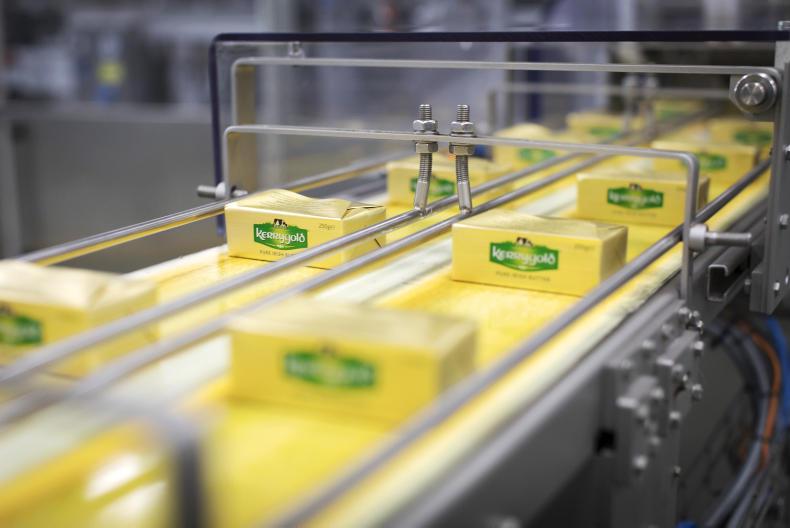
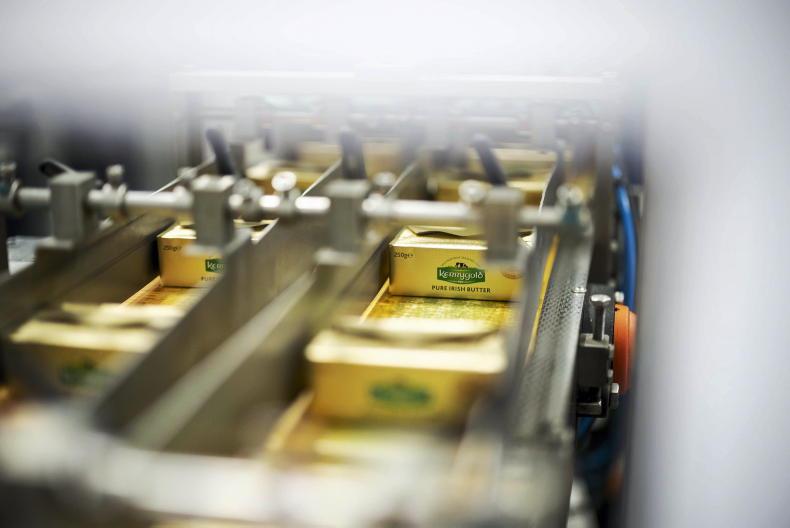

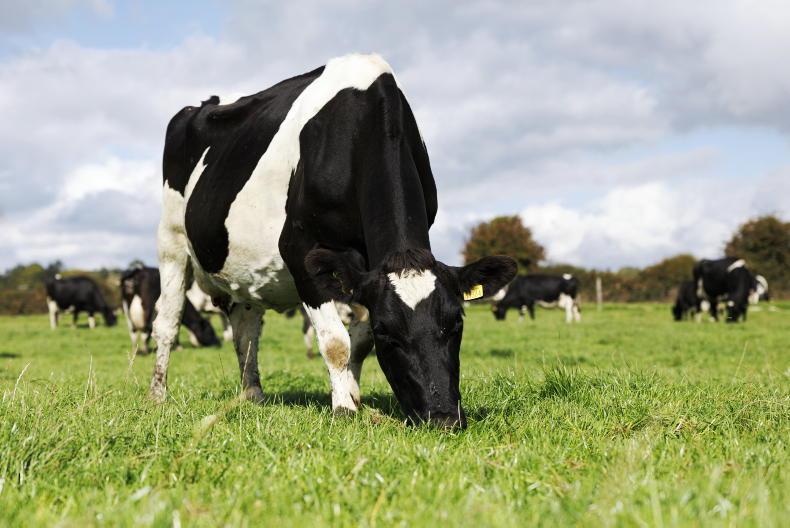
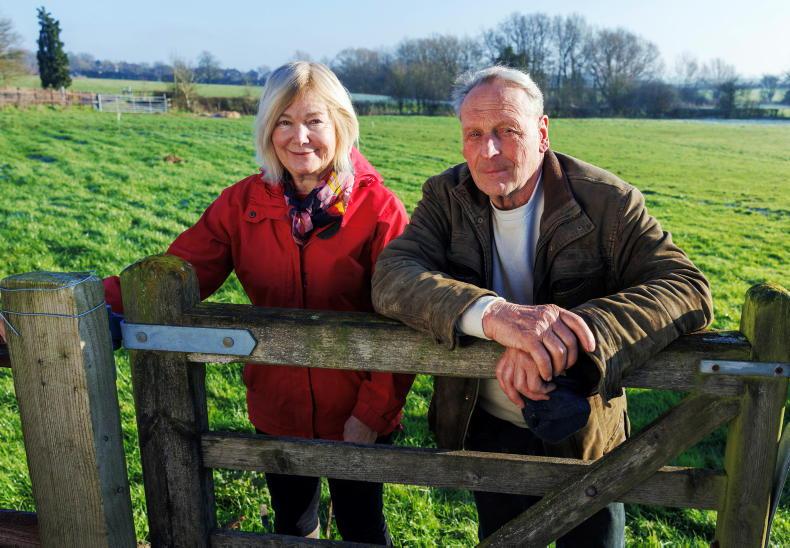
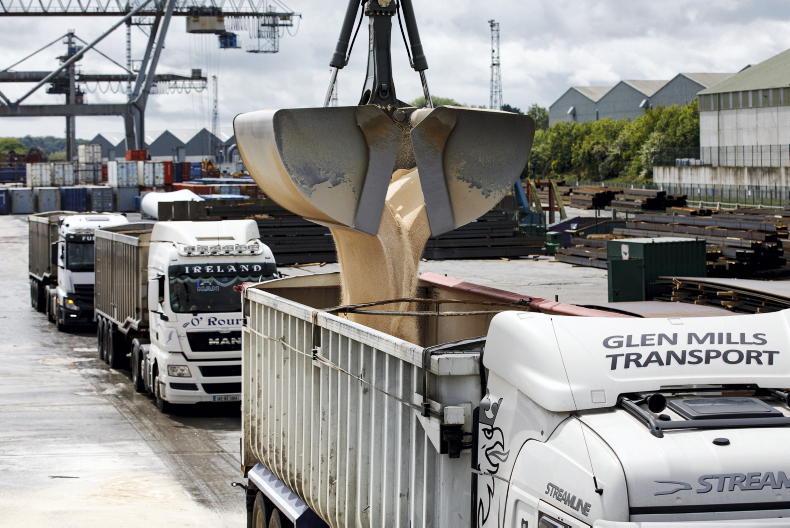
SHARING OPTIONS